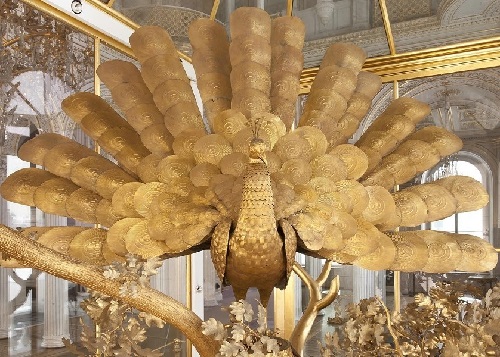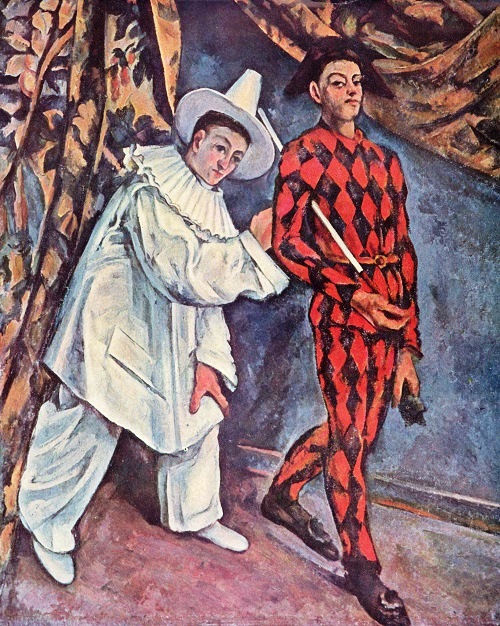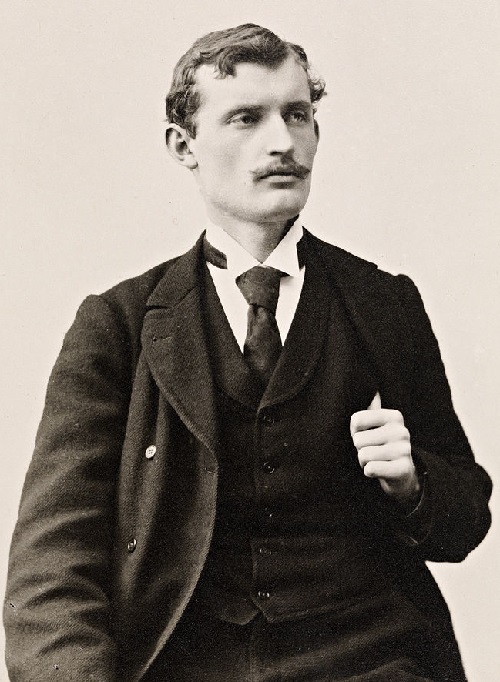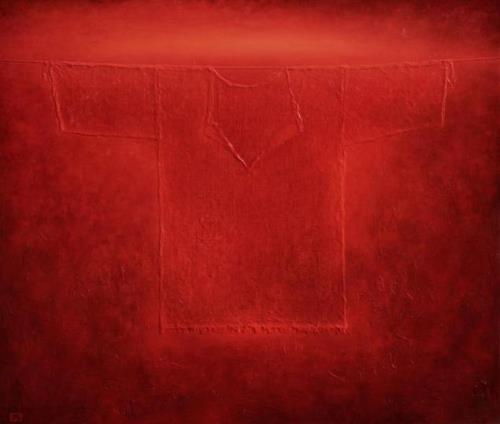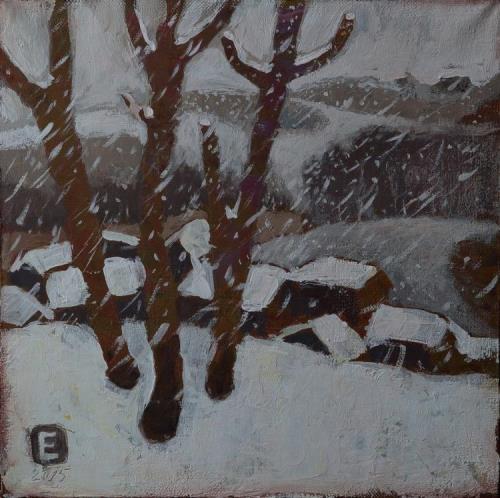Hermitage Peacock Clock
Hermitage Peacock Clock
Creating a mechanical bird is a very ancient art – in ancient times the figures of “singing” birds decorated clepsydra – water clocks. In the XVIII century creators of automata tried to construct a system to make the birds look and act as realistically as possible – the life-size birds could sing and move like living creatures. The Hermitage Peacock Clock automation features three life-sized mechanical birds made by English masters James Cox and Friedrich Urey in the 1770s.
The Peacock Clock is constantly exhibited in the Pavilion Hall of the Small Hermitage, St. Petersburg, Russia. The Clock was made of bronze, silver, crystals, gilding. The uniqueness of this clock is that they it is still in working condition (hours work, and the Peacock Starts every Wednesday at 19:00), and is the only worldwide largest machine of the XVIII century, has come down to our time without changes.
Read more »
